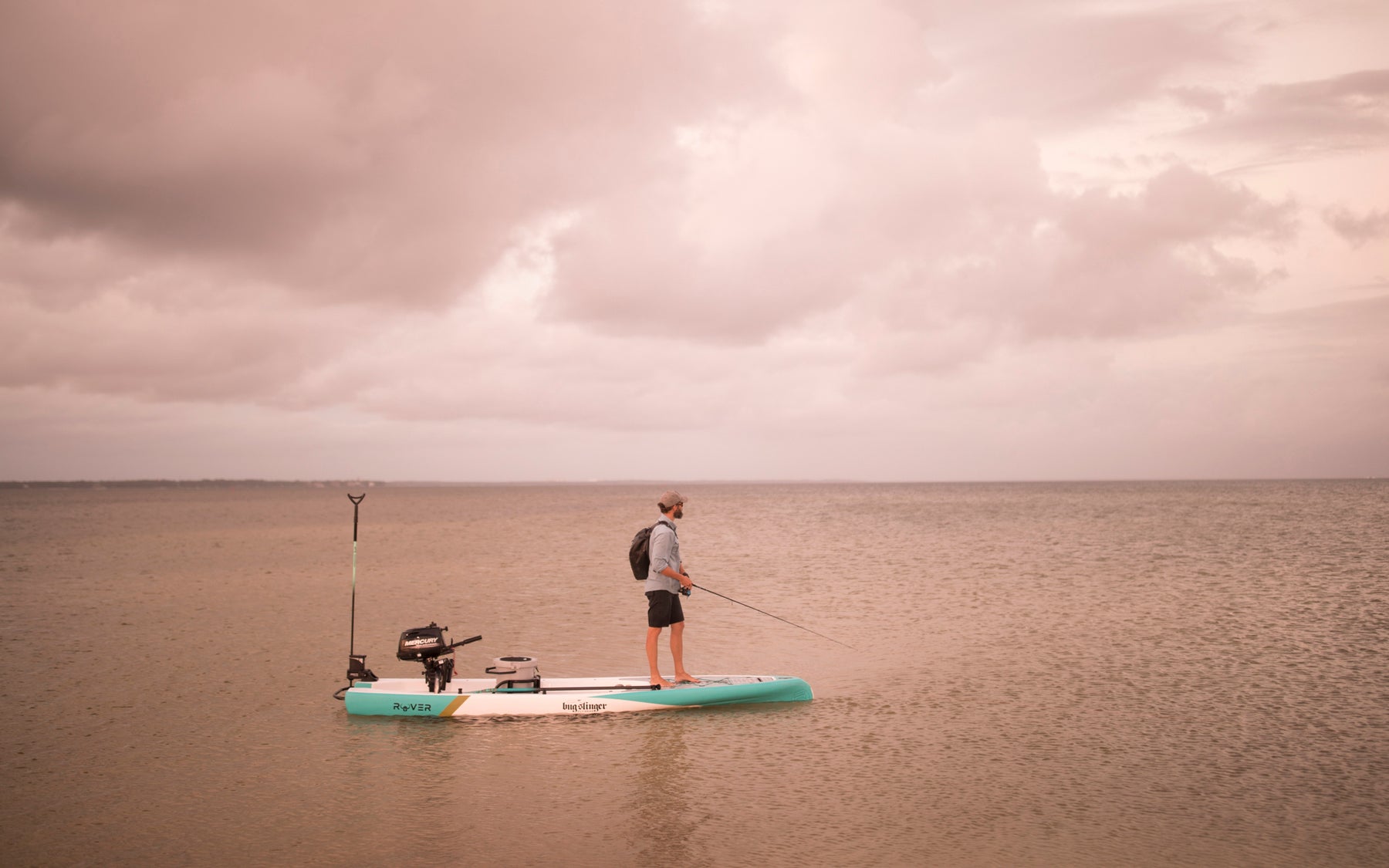Archery season is opening in many areas and fast approaching in others, and hopefully, most bowhunters have their archery equipment set up and dialed in. But what about the tree stands they will hunt from?
The majority of deer are taken from tree stands, and proper setup is one of the biggest keys to a safe and successful hunt. It includes many elements, such as stand location, height, orientation, cover and last but not least, safety. Selecting one tree out of an entire forest to give you the best close-range opportunity — and properly getting your stand set up — can seem like a daunting task. With some thought and using some general rules, however, this can be made much easier.
An ideal early-season stand tree is near or close to a food source, because deer are primarily focused on feeding in preparation for the upcoming rut and winter. Tree stands around crop fields or just inside the woods, near mast trees, feeders and downwind of trails leading to these areas are all good bets. As far as a particular tree, many factors come into play, almost too many to cover, but here goes.
Obviously, your stand needs to be near areas heavily frequented by deer; many hunters use this as their sole criteria. My No. 1 consideration other than heavy deer use is access: Can I get to and from my tree without alerting deer to my presence? This is a key to hunting unalarmed deer and it’s often overlooked by hunters. Try to find a fairly straight tree with no dead limbs. Try to pick a tree that is 20 yards or slightly more downwind from where you expect the deer to appear for the prevailing wind. Many hunters have a tendency to set up too close, and this makes it difficult to draw undetected, as well as offering a steeper shot angle, making double-lung shots unlikely and difficult.
In the early season, I prefer hang-on and ladder stands as opposed to climbers for two reasons: a climbing stand requires more exertion — which leads to sweating and more scent dispersion — and I can enter and exit much more quietly, a key because early season whitetails often bed down close to their food sources. This shortens the playing field, allowing you less distance to intercept them. The sound of a climbing stand scaling the bark of a tree is distinct and in many cases can cause deer to avoid your stand area. The amount of cover available and the shape and size of my chosen tree determine whether I use a lean-to ladder or a hang-on stand.
Tree-stand height is a subject that leads to debate among hunters. Many folks mistakenly believe that higher is almost always better. Although more height offers the advantage of being farther above a deer’s natural line of sight, whitetails these days are conditioned to look up, and the higher your tree stand, the steeper and poorer the shot angle. As bowhunters, we strive for a double-lung shot, which quickly dispatches an animal. The extreme angle caused by high stand placement makes this difficult, if not impossible. I let the available cover dictate the stand height, only hunting as high as necessary to be well hidden. I also try to orient my stand with the sun at my back, so deer are forced to stare into the sun when looking in my direction. I also set my stand so the likely shot will be to my left side. Because I’m right handed, this allows me to shoot from a seated position, requiring less movement.
I locate my stand in the thickest cover available, whether from limbs on the tree I’m hunting from, or adjacent smaller trees to make drawing my bow undetected much easier. Trimming cover and shooting lanes is an art, and there is a fine line between enough and too much. Too much leaves you exposed, and not enough leads to blocked shots and missed opportunities. I try to err on the side of leaving more cover. You can’t shoot a deer if you are caught drawing your bow.
Hanging a stand properly is one of the most-challenging aspects of bowhunting. There are endless variables that must be considered to successfully harvest a deer with archery equipment. There is no “perfect tree,” and compromises must be made every time a stand is hung. Only through hard-won experience will you learn which factors outweigh others in each stand-hanging scenario. This is a lot of what makes bowhunting for whitetails the ultimate chess match. The one compromise you should never make however is your safety. No deer is worth a hunter’s life; wear your safety harness eacg and every time you climb off the ground.
Archer’s choice of areas, trees is crucial
By Sammy Romano



